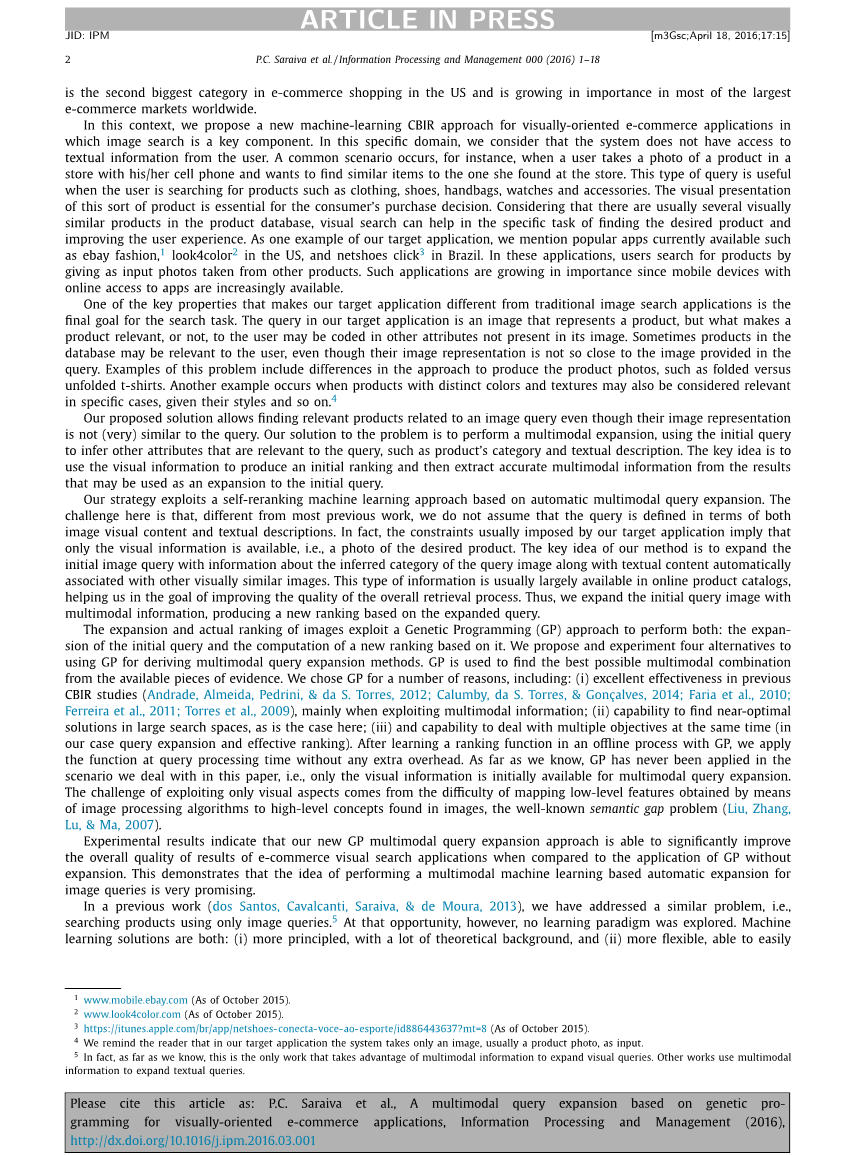

英语原文共 18 页,剩余内容已隐藏,支付完成后下载完整资料
Marketing Strategy for Unusual Brand Differentiation: Trivial Attribute Effect
M. Deniz Dalman1 amp; Junhong Min2
- Marketing and Branding Consultant at Dogruluk International Transportation Co. and Ozdogruluk Custom Clearance Co., Istanbul, Turkey
- School of Business and Economics, Michigan Technological University, Michigan, USA
Correspondence: M. Deniz Dalman, Ozdogruluk Custom Clearance Co., Mumhane Cd. No: 41/2, Karakoy,
Istanbul, Turkey. Tel: 90-532-325-3575. E-mail: denizdalman@gmail.com
Received: June 22, 2014 Accepted: July 11, 2014 Online Published: September 28, 2014
doi:10.5539/ijms.v6n5p63 URL: http://dx.doi.org/10.5539/ijms.v6n5p63
Abstract
This research investigates that brand differentiation creating superior values can be achieved not only by adding meaningful attributes but also meaningless attributes, which is called “trivial attribute effect.” Two studies provided empirical evidences as following; first, trivial attribute effect creates a strong brand differentiation even after subjects realize that trivial attribute has no value. Second, trivial attribute effect is more pronounced in hedonic service category compared to the utilitarian category. Last, the amount of willingness to pay is higher when trivial attribute is presented and evaluated in joint evaluation mode than separate evaluation mode. Finally, we conclude with discussion and provide suggestions for further research.
Keywords: brand differentiation, evaluation mode, service industry, trivial attribute
1. Introduction
1.1 Problem Definition
Perhaps the most important factor for new product success is to create the meaningful brand differentiation that provides customers with superior values beyond what the competitors can offer in the same industry (Porter, 1985). Not surprisingly, more than 50 percent of annual sales in consumer product industries including automobiles, biotechnology, computer software, and pharmaceuticals are attributed to such meaningful brand differentiation by including new or noble attributes (Schilling amp; Hill, 1998). However, the brand differentiation that increases consumer preference is not only by introducing meaningful attributes but also meaningless attributes. For example, it is not unusual to see brands differentiating themselves in the marketplace by adding some non-important attributes to their offerings (e.g., Coca-Colarsquo;s “S” shape bottle, Pantene shampoo with vitamins or Folgers coffee changing the shape of coffee particles). These non-important or trivial attributes as the marketing literature suggests are attributes that 'appears valuable but, on closer examination, is irrelevant or trivial to creating the implied benefit' (Carpenter, Glazer, amp; Nakamoto, 1994, p. 339).
In marketing, the successful brand differentiation by trivial attributes has been discussed and explained by three different research streams. First, research on trivial attributes has shown that offering these attributes increase brandsrsquo; buying likelihood by giving consumers reasons or rational for choice (Brown amp; Carpenter, 2000). Interestingly, even after consumers realized that the brand differentiation by trivial attribute didnrsquo;t create any meaningful differentiation, their brand choice was the same (Carpenter et al., 1994). Second, Miljkovic, Gong, and Lehrke (2009) find that this trivial attribute effect on brand differentiation depends on the choice set. Specifically, they find that when the choice set consists of at least three brands–where each brand is strong on certain attributes and it is difficult for consumers to make a choice, offering a trivial attribute serves as a “tie-breaker” and thus increases the buying likelihood of that brand. Last, literature reveals that brand differentiation can be obtained by how competing brands are presented and evaluated either separately or jointly which is called the “evaluation mode effect.” Hsee, Loewenstein, Blount, and Bazerman (1999) introduce the two types of evaluation modes: separate evaluation and joint evaluation. Separate evaluation describes the evaluation context in which brands are evaluated one at a time. Joint evaluation means that the brands are evaluated simultaneously. In particular, joint evaluation increases transparency when competing brands are evaluated (Chatterjee, Heath, amp; Min, 2009). Thus, when a brand with trivial attribute is presented and evaluated jointly with another brand without trivial attribute, consumers are easy to identify uniqueness of the brand with trivial attribute, which results in brand differentiation and brand preference. Studies in the evaluation mode literature continue to provide strong empirical evidences that the evaluation mode effect is particularly strong when consumers need to evaluate brands with uncertainty (Chatterjee et al., 2009; Hsee et al., 1999).
1.2 The Purpose of This Research
Although our knowledge of trivial attribute effect has been greatly enhanced, how the trivial attribute affects brand evaluation has never been studied from the perspective of product development and marketing strategy. Our research aims to fill the gap by offering empirical evidences from two studies. The goals of this paper is fourth folds; 1) Can brands increase their choice likelihood by adding some trivial attributes, 2) Does this effect depend on the nature of the category (i.e. hedonic vs. utilitarian), 3) Does the type of trivial attributes (hedonic vs. utilitarian) affect the consumer response to these trivial attributes, and finally 4) How can marketing managers effectively communicate a brand with trivial attribute? To reach these goals, in the first study, we review trivial attribute effect, and test how it creates the brand differentiation in service sector. Then, in the second study, we disc
剩余内容已隐藏,支付完成后下载完整资料
资料编号:[486427],资料为PDF文档或Word文档,PDF文档可免费转换为Word


